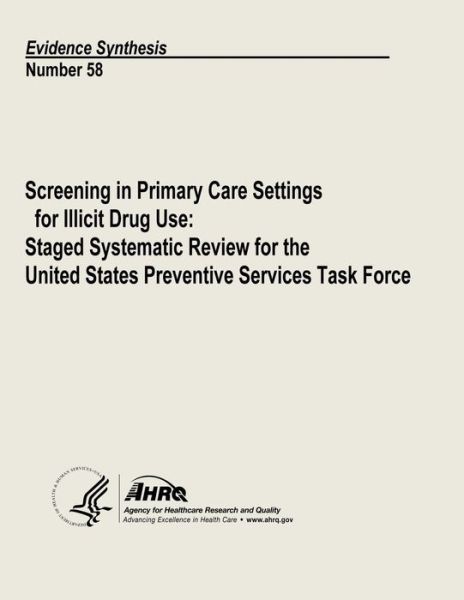
Conte aos seus amigos sobre este item:
Outcomes of Genetic Testing in Adults with a History of Venous Thromboembolism: Evidence Report / Technology Assessment Number 180
U S Department of Heal Human Services
Outcomes of Genetic Testing in Adults with a History of Venous Thromboembolism: Evidence Report / Technology Assessment Number 180
U S Department of Heal Human Services
Publisher Marketing: Venous thromboembolism (VTE) refers to pathologic thrombosis in the venous circulation. Although the most frequent venous thromboembolic event is deep venous thrombosis in the veins of the legs, thromboses can also occur in the veins of the upper extremities, pelvis, abdomen, and cerebral venous sinuses. Pulmonary embolism is the main life-threatening complication of deep vein thrombosis, in which a portion of the venous thrombus is carried to the pulmonary arteries by blood flow, potentially obstructing the pulmonary vasculature. Treatment begins with short-term use of a parenteral anticoagulant (and sometimes thrombolytic therapy) and then usually continues with a vitamin K antagonist, most commonly warfarin. The duration of therapy depends on whether the patient is considered to have continuing risk factors for recurrence. Much effort has been devoted to quantifying the risk of recurrent thrombosis. If the patient has a persistent risk factor for thrombosis, anticoagulant therapy is often continued, sometimes for the life of the patient. The clinician and patient also try to reduce exposure to any modifiable risk factors and may use mechanical or pharmacological means of preventing thrombosis at high risk times, such as during hospitalization or pregnancy. The overarching question we were asked to address (Key Question [KQ] 1) was: Does FVL testing, alone or in combination with prothrombin G20210A testing, lead to improved clinical outcomes (e.g., avoidance of a recurrent VTE) in adults with a personal history of VTE or to improved clinical outcomes (e.g., avoidance of an initial VTE) in adult family members of mutation-positive individuals? Are testing results useful in medical, personal, or public health decision making? To address this question, we reviewed the literature regarding these tests' analytic validity, clinical validity, and clinical utility when used in probands with VTE and in their family members. The other KQs were as follows: KQ2 What is the evidence regarding the analytic validity of existing diagnostic tests for the FVL mutation and the prothrombin G20210A mutation, specifically their analytic sensitivity and specificity, reproducibility, and robustness (sources of variability)? KQ3a What is the evidence that the presence of FVL alone, prothrombin G20210A alone, or the two in combination predicts the risk of recurrent VTE in individuals (probands) who have had VTE and predicts the risk of VTE in the probands' family members who have been tested? Does the testing add predictive information beyond clinical data? KQ3b What is the evidence that demographic or clinical factors modify the relationship between the presence of FVL or prothrombin G20210A and the risk of VTE? KQ4a What is the evidence that clinicians manage patients differently based on the results of testing for FVL or prothrombin G20210A? How do clinicians manage anticoagulation of individuals who have had testing, as compared to those who have not had testing? What other diagnostic tests do clinicians order or not order, based on testing results? What recommendations do clinicians make regarding other therapies and exposures, based on testing results? KQ4b What is the evidence that testing, and the resultant management, reduces VTE related outcomes or has other benefits in individuals who have had VTE or in the probands' family members who have been tested? KQ4c What is the evidence of harms to individuals with VTE or to the probands' family members who are tested for FVL or prothrombin G20210A as a result of testing or as a result of changed management based on the test results? KQ4d What is the evidence that testing for FVL alone, prothrombin G20210A alone, or the two tests in combination is a cost-effective strategy when caring for a patient with VTE or a family member of a proband?
| Mídia | Livros Paperback Book (Livro de capa flexível e brochura) |
| Lançado | 31 de maio de 2013 |
| ISBN13 | 9781490324449 |
| Editoras | Createspace |
| Páginas | 174 |
| Dimensões | 216 × 280 × 9 mm · 417 g |
Mais por U S Department of Heal Human Services
Ver tudo de U S Department of Heal Human Services ( por exemplo Paperback Book )

































